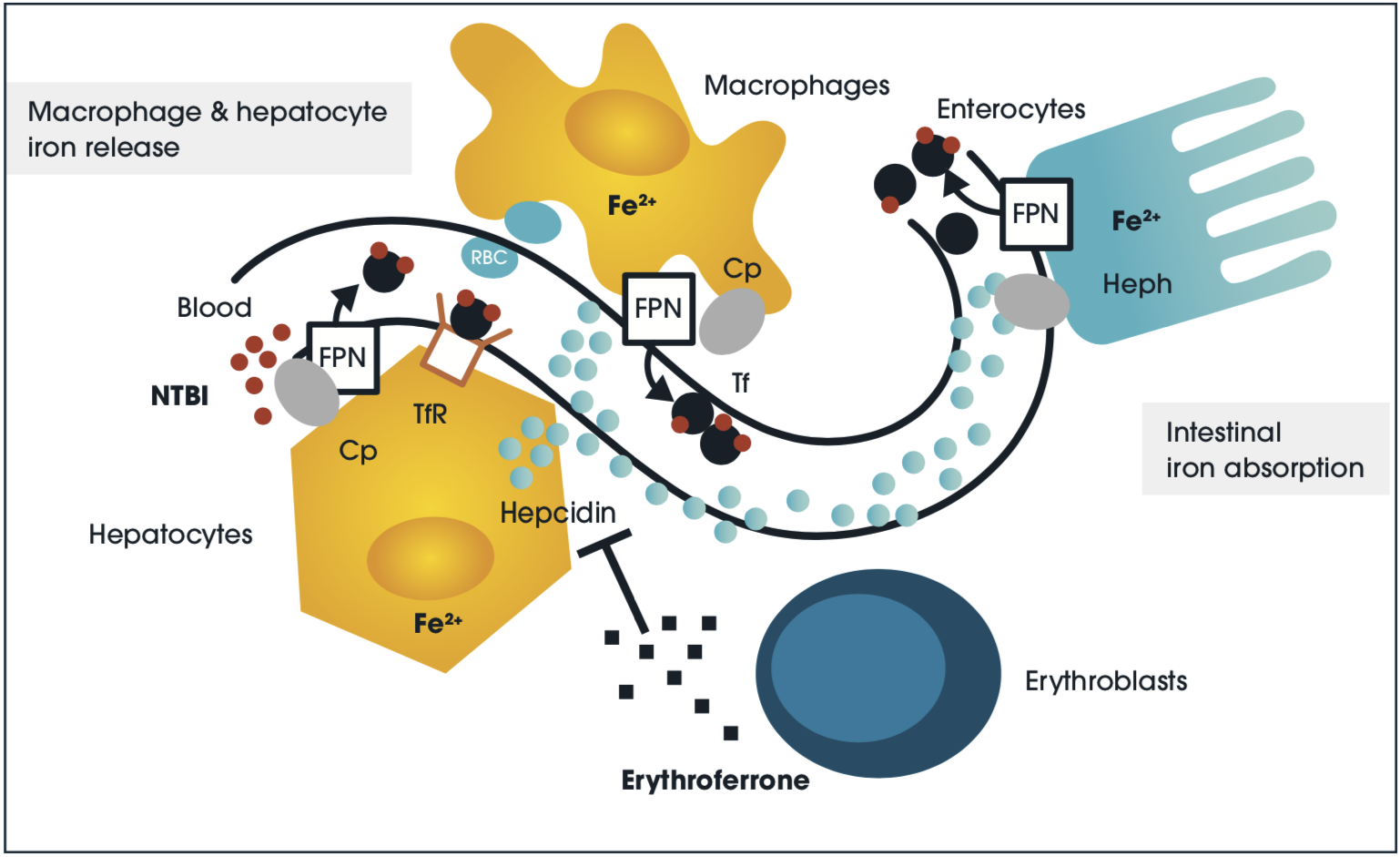BTM, beta thalassemia major; GI, gastrointestinal; ICT, iron chelation therapy; IOL, iron overload; LIC, liver iron concentration; MRI, magnetic resonance imaging; RBC, red blood cells; SF, serum ferritin. 1Olivieri NF, et al. N Engl J Med. 1994;331:574-8. 2Gabutti V, Piga A. Acta Haematol. 1996;95:26-36. 3Santini V, et al. PLoS One. 2011;6:e23109. 4Leitch HA, et al. Leuk Res. 2018;74:21-41.




